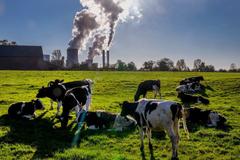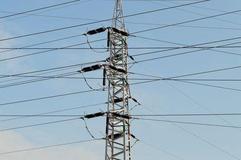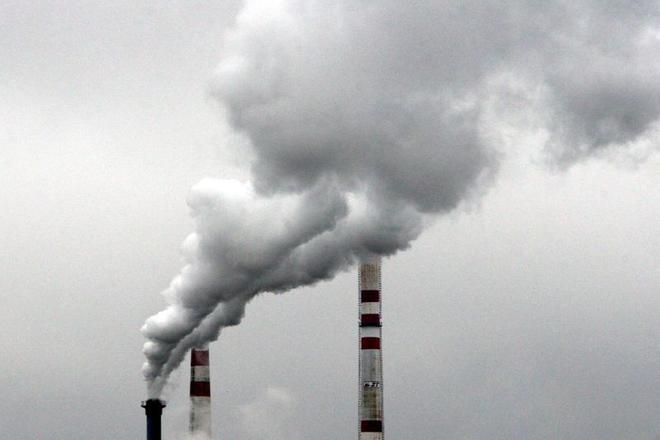The production of greenhouse gases in Europe increased slightly last year, after a fall in 2020. However, output in 2021 was still about 10 percent below the pre-pandemic average.
Slovakia was an exception, though. It was the only EU country where total emissions exceeded pre-pandemic levels, according to analysts from the National Bank of Slovakia (NBS), the country’s central bank.
The main reason was increased production at the eastern Slovak steelworks, as reported by the TASR newswire.
Decline replaced by increase
“Slovakia, consistent with the European development, reported a drop in emissions in the years 2019 and 2020,” the analysts said, as quoted by TASR. “The drop in 2019 was affected particularly by U.S. Steel Košice and its subsidiary Ferroenergy, [which are] the largest producers of carbon dioxide emissions.”
Apart from these two companies, fertiliser manufacturer Duslo Šaľa and the thermal power plant in Vojany contributed to the drop in emissions in 2019. A year later, the Covid pandemic broke out and emissions fell by nearly 9 percent. Apart from big players, emissions by other, smaller polluters also fell.

In 2021, the increase in emissions was mostly attributable to U.S. Steel Košice and Ferroenergy.
“In the case of most of other subjects, we see a stagnation in emissions or a slight annual increase only,” the NBS analysts said, as quoted by TASR.
If the figures provided by the two metals producers were omitted, the production of emissions in Slovakia would have dropped by nearly 5 percent compared to 2019. This development would correspond to the wider European figures, they added.
Long-term trend
The slight annual increase in Slovakia in 2021, amounting to 2.4 percent, reflects the gradual recovery of the Slovak economy following the pandemic. It also suggests that the more significant drops in 2019 and 2020 were probably temporary.

The long-term trend of emissions is declining, the analysts said, meaning the amounts of emissions produced by Slovak companies will probably not return completely to pre-pandemic levels.
The trend of reducing emission intensity, strengthened by current high energy prices on global markets, could thus help to further reduce the production of greenhouse gases in the future, TASR reported.



 Illustrative stock photo (source: Sme)
Illustrative stock photo (source: Sme)